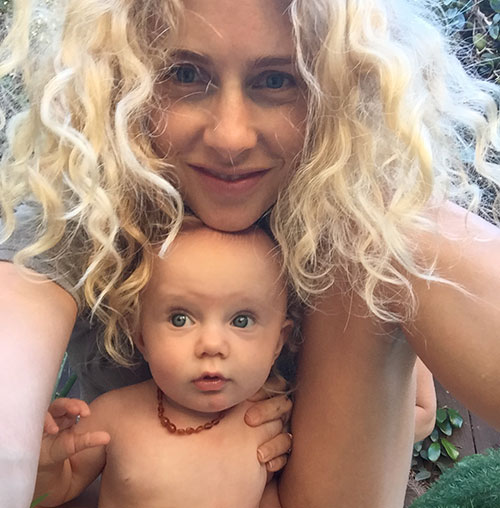Supervision in Transactional Analysis – Part 1
 I’m so pleased to be able to share another article by Marco Mazzetti. I’ve previously shared Marco’s writing on ‘Being There: Plunging Into Relationship in Transactional Analysis Supervision’ and ‘The Comparative Script System’.
I’m so pleased to be able to share another article by Marco Mazzetti. I’ve previously shared Marco’s writing on ‘Being There: Plunging Into Relationship in Transactional Analysis Supervision’ and ‘The Comparative Script System’.
In this article, the theory of supervision is put into practice in an operational model. This theory is seen as the cornerstone of transactional analysis supervision.
Supervision in Transactional Analysis: An Operational Model
Marco Mazzetti
The reason why rivers
and seas are sovereign
over hundreds of minor streams
is their ability of lying lower.
Lao-tzu
Abstract
The author discusses the distinctive features of transactional analysis supervision and presents an operational model based, in part, on the checklist proposed by Clarkson (1992) for evaluating supervision sessions. Clarkson’s model was modified by the author, who defines seven aspects of supervision: (1) a clear and appropriate contract, (2) identification of key issues, (3) effective emotional contact with the trainee, (4) protection of both trainee and client, (5) increasing developmental directions, (6) awareness and effective use of parallel process, and (7) an equal relationship between supervisor and supervisee. The characteristics of the seven elements are discussed for each of the three development stages of training (beginning, intermediate, and advanced) and are integrated with Erskine’s (1982) developmental supervision model.
Supervision in Transactional Analysis: More Practice than Theory
Supervision in transactional analysis began with Eric Berne himself. Berne loved teaching and doing supervision. His Monterey and San Francisco Seminars were essentially devoted to supervision (Cheney, 1971). Steiner (1974/ 1990) wrote that one of the rules of the seminars was that each presentation was to end with a request addressed to the group. While these were instances of supervision in the broadest sense, the discussion of clinical cases was accompanied by a thorough theoretical analysis of the nascent psychotherapeutic system.
Consistent with the Bernean model, the international transactional analysis associations and the certification system they set up (which is now administered by the independent Training and Certification Council [T&CC]) attributed a privileged role to supervision. By doing this —a choice that was rather uncommon in the psychotherapy world— they faced the problem of how to train supervisors, since providing supervision is an activity in its own right with specific features and responsibilities. Transactional analysts structured a training path that is still reflected in the current system, within which the trainee is certified as a supervisor after a long period of training that includes, among other things, a curriculum with ample room for hours of supervision on how to do supervision as well as a live examination of doing supervision.
Thus, over the last almost half century, transactional analysts have received and provided many hours of supervision, learned and taught how to do supervision, and examined each other to evaluate their supervision skills. However, while there has been a good deal of practical work in supervision in transactional analysis, there has been little speculation and theorization on what supervision is in our field and few descriptions of its typical characteristics, as pointed out by Tudor (2002) in his exhaustive review of the literature.
I do not think this is due to the lack of specific features of supervision in transactional analysis as much as it is due to a dearth of theory on supervision in general in psychotherapy or other fields of application. I have witnessed the work of many supervisors during my long years of training, from my first Certified Transactional Analyst (CTA) contract to my final Teaching and Supervising Transactional Analyst (TSTA) exam. I continue to see many supervisors at work during examinations, and in spite of the stress of the exam, the candidates express personal, well-thought-out supervision styles that are well-anchored in transactional analysis theory. In fact, they often offer food for thought and are a source from whom I learn.








